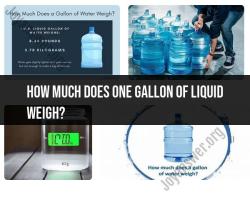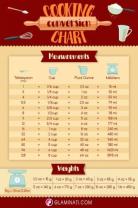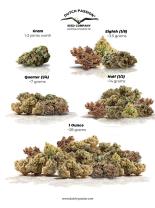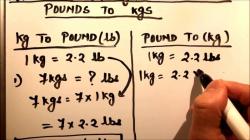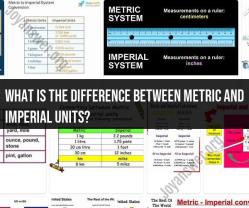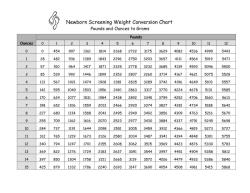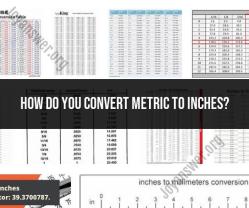How many mL are equal to 1 GM?
Converting milliliters (ml) to grams (g) requires considering the density of the substance being measured. This is because milliliters are a measure of volume, while grams are a measure of mass. The relationship between volume and mass is influenced by the density of the substance. Here's how you can perform the conversion:
Step 1: Understand the Density:Density is defined as mass per unit volume. Different substances have different densities, which means that the same volume in milliliters of two different substances can have different masses in grams.
Step 2: Obtain the Density Value:To convert milliliters to grams, you need to know the density of the substance you're working with. The density is usually expressed in grams per milliliter (g/ml) or other appropriate units.
Step 3: Use the Conversion Formula:The conversion formula is: mass (g) = volume (ml) × density (g/ml)
Step 4: Perform the Conversion:Multiply the volume in milliliters by the density to get the mass in grams.
Example: Converting Milliliters to GramsLet's say you have 200 ml of a liquid with a density of 0.8 g/ml.
mass (g) = volume (ml) × density (g/ml)mass (g) = 200 ml × 0.8 g/mlmass (g) = 160 g
So, 200 ml of the liquid would have a mass of 160 grams.
It's important to note that this conversion only works when dealing with substances that have a consistent density. For example, water has a density of approximately 1 g/ml at standard conditions, which simplifies conversions involving water. However, for other substances, the density can vary with temperature and pressure, so accurate measurements are essential.
Additionally, it's crucial to ensure that you're converting between compatible units. Converting from milliliters to grams requires knowledge of the density, while converting between mass units (e.g., grams to kilograms) doesn't require density information.
Always check the units and verify the density information before performing any conversions to ensure accuracy.


